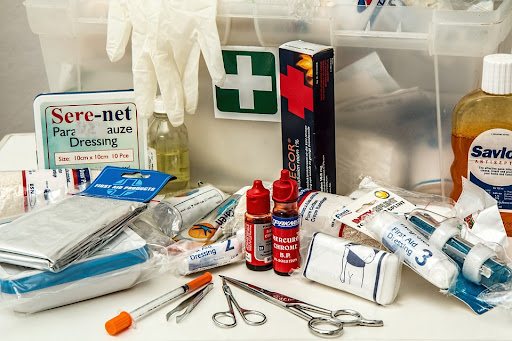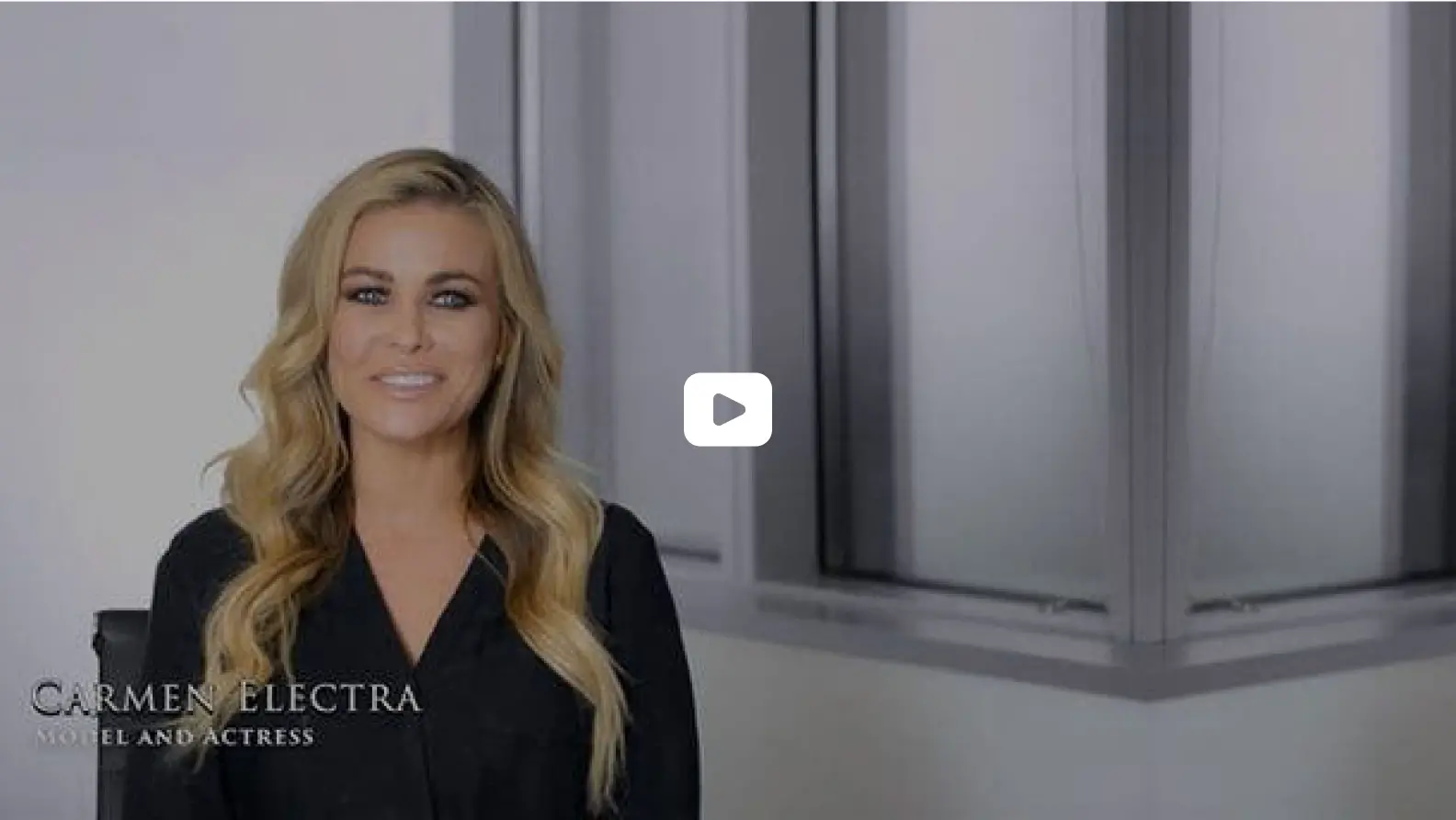
Uber Driver Safety Kit
What to Include in Your Safety Kit

Uber’s guidelines are intended to ensure that rideshare drivers and riders are safe during trips. However, certain obstacles, such as other drivers, road hazards, or poor weather conditions, could get in the way of a rideshare driver from safely picking up or dropping off a rider.
Motor vehicle accidents are unpredictable, which is why we encourage rideshare drivers to carry safety kits. Each safety kit may contain different types of medical equipment that will help treat an injured driver or rider until emergency assistance arrives, if necessary.
Listed below, our knowledgeable Uber and Lyft accident attorneys at West Coast Trial Lawyers have created a list of suggestions that you should consider placing into your safety kit.
What Should Be in Your Emergency Kit?
Every rideshare driver should keep an emergency supply kit. It is recommended that kits get checked every six months for expired items and routine maintenance. Suggested items for your emergency safety kit should include the following:
- Flashlight with extra batteries. A flashlight is always an important tool to have, especially in a car. It can be useful if your vehicle shuts down or you get lost at night. A flashlight can help you navigate through dark areas both inside and outside of your vehicle. Just make sure that the batteries are fresh.
- Drinking water. Dehydration and hot weather can make you pass out, or in the worst-case scenario, cause death. It is always a good idea to keep a fair amount of drinking water stored in your car to avoid fainting or enduring any other critical condition.
- Jumper cables. It is highly recommended that every driver keep a pair of jumper cables in their trunk. Jumper cables can be used to restart or recharge the car battery. It is placed on the car battery and jolts the system.
- Spare tire with wheel wrench and tripod jack. Every driver should keep a spare tire in their trunk. This is just in case one of your current tires is popped or deflated. Popped tires are extremely difficult to drive with and can cause an accident.
- Duct tape. Duct tape can be used to hold up bodywork after an accident, patch up your exhaust, or stop a coolant leak.
- Cell phone car charger. A cell phone charger can come in handy during lengthy trips.
- Fire extinguisher. According to the National Fire Protection Association (NFPA), every 24 seconds, a fire department responded to a fire in 2019. Knowing this alarming fact, it’s highly urged for drivers to carry a small fire extinguisher in the trunk of the car to protect themselves in case of a fire.
- Tool kit. You might not want to pack an entire toolbox. However, you should consider at least packing a multipurpose tool. These handy tools are lightweight and can be used in various circumstances.
- Rain poncho. There may be a time where you need to step out of the car in order to change a tire or fix a mirror in the rain. Wearing a rain poncho will help protect you from getting drenched.
- First aid kit. Your first aid kit should include:
- Adhesive bandages for covering cuts
- Gauze pads for treating wounds
- Safety pins for closing bandages
- Adhesive tape
- Antibiotic ointment
- Antiseptic and hydrocortisone cream for skin inflammation and rashes
- Antihistamine for allergic reactions
- Antiseptic wipes to sanitize your hands
- Aspirin, ibuprofen, or other pain-relieving medication
- Aloe vera to treat mild burns
- Sunscreen
- Insect bite relief pads
- Cotton balls
- Cotton swabs
- Vaseline
- A digital thermometer
- Tweezers
- Curved scissors — the medical kind that doesn’t have a pointy edge, and are used for cutting clothing away from an injury
- A needle
- Hand sanitizer
- Saline solution for eye washing or cleaning wounds
- Hot and cold packs — the kind that you just have to snap to activate the heating or cooling sensation
- Synthetic gloves, if you’re dealing with serious wounds
- A CPR mask for mouth-to-mouth resuscitation
- Anti-diarrhea medication
- An epi-pen for severe allergic reactions
- Plastic bags for disposing contaminated items
West Coast Trial Lawyers Is Here to Help
When someone else’s negligence is the main contributing factor of your Uber or Lyft accident, you will be given the right to file a lawsuit against that party. A skilled Uber and Lyft Accident lawyer at West Coast Trial Lawyers is available 24/7 to provide legal assistance. We will help you recover maximum compensation for your losses.
We proudly offer no-cost, risk-free consultations to Uber and Lyft accident victims. Contact us today by calling 213-927-3700 or filling out our quick contact form to claim yours today.y.




